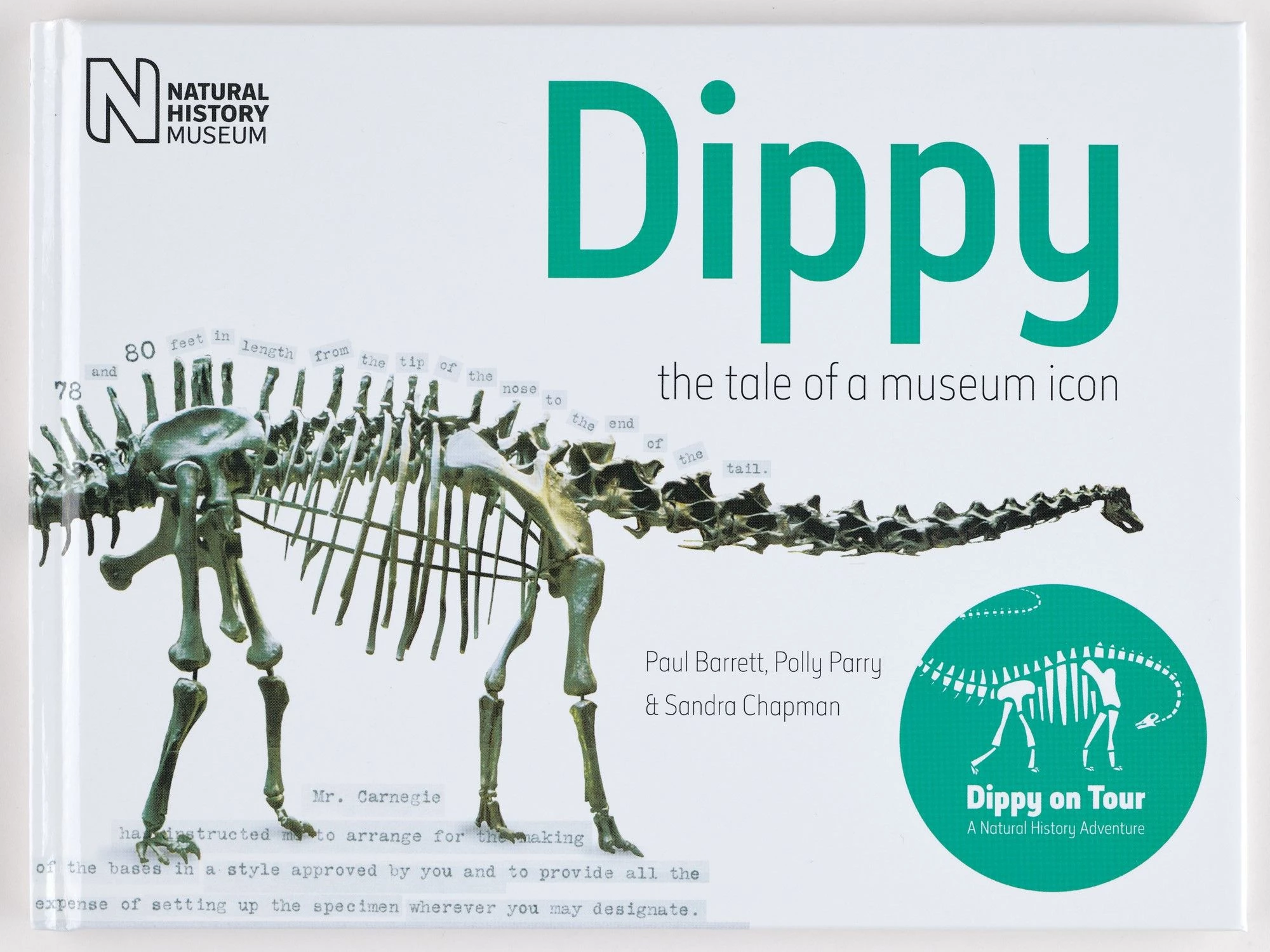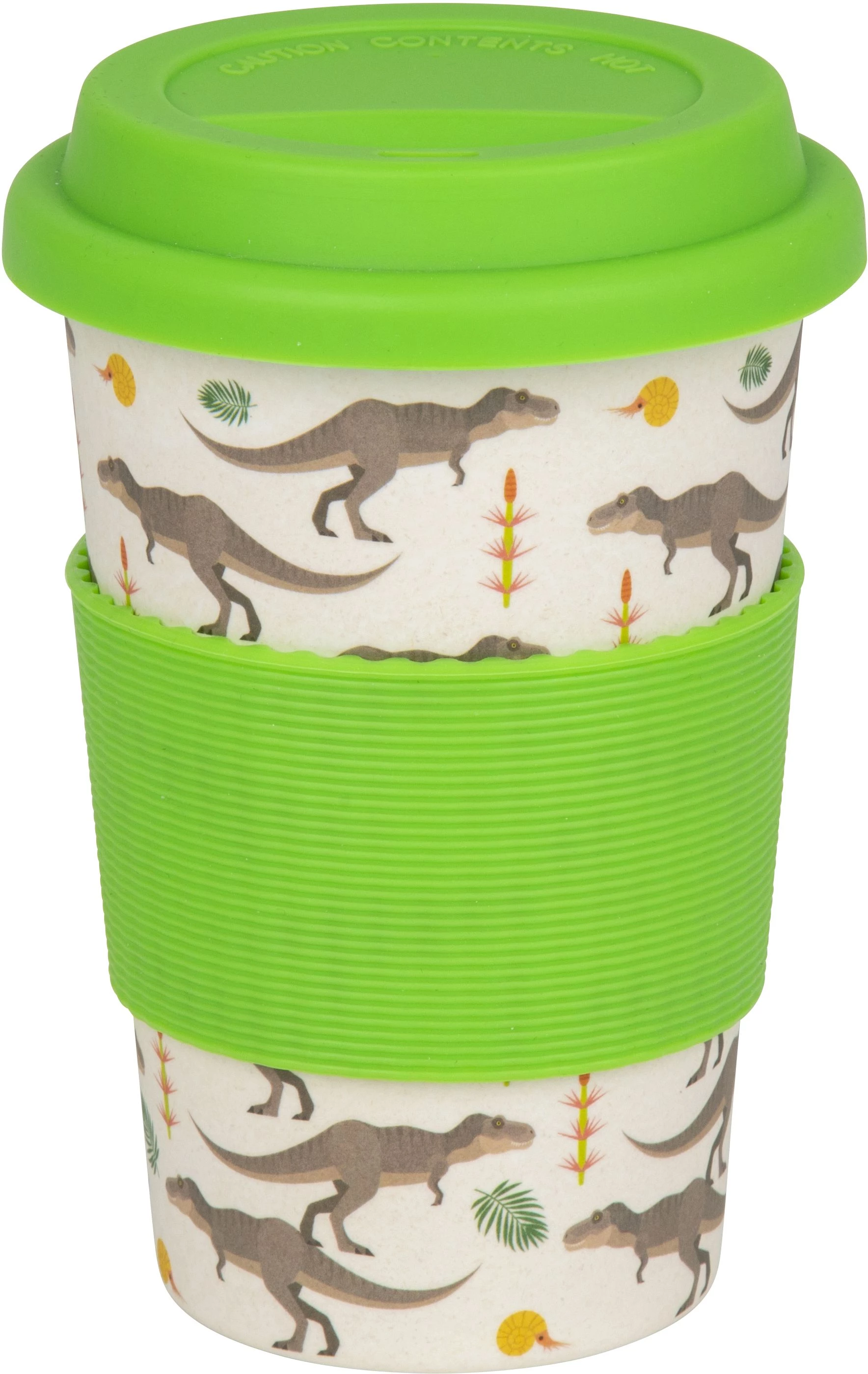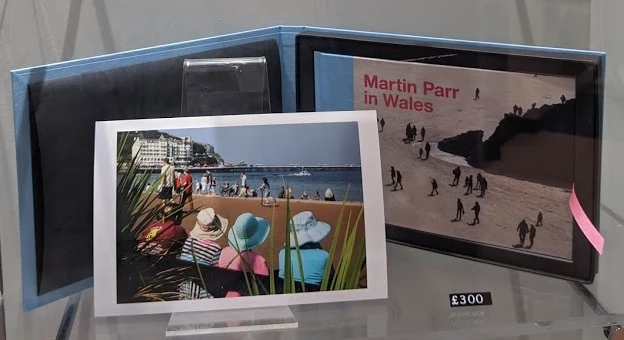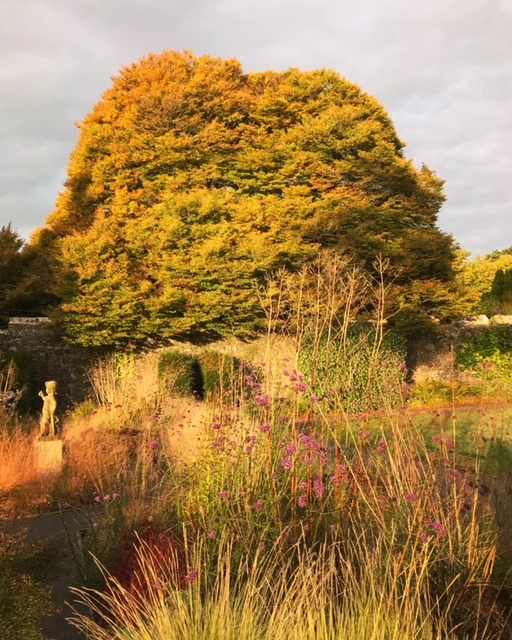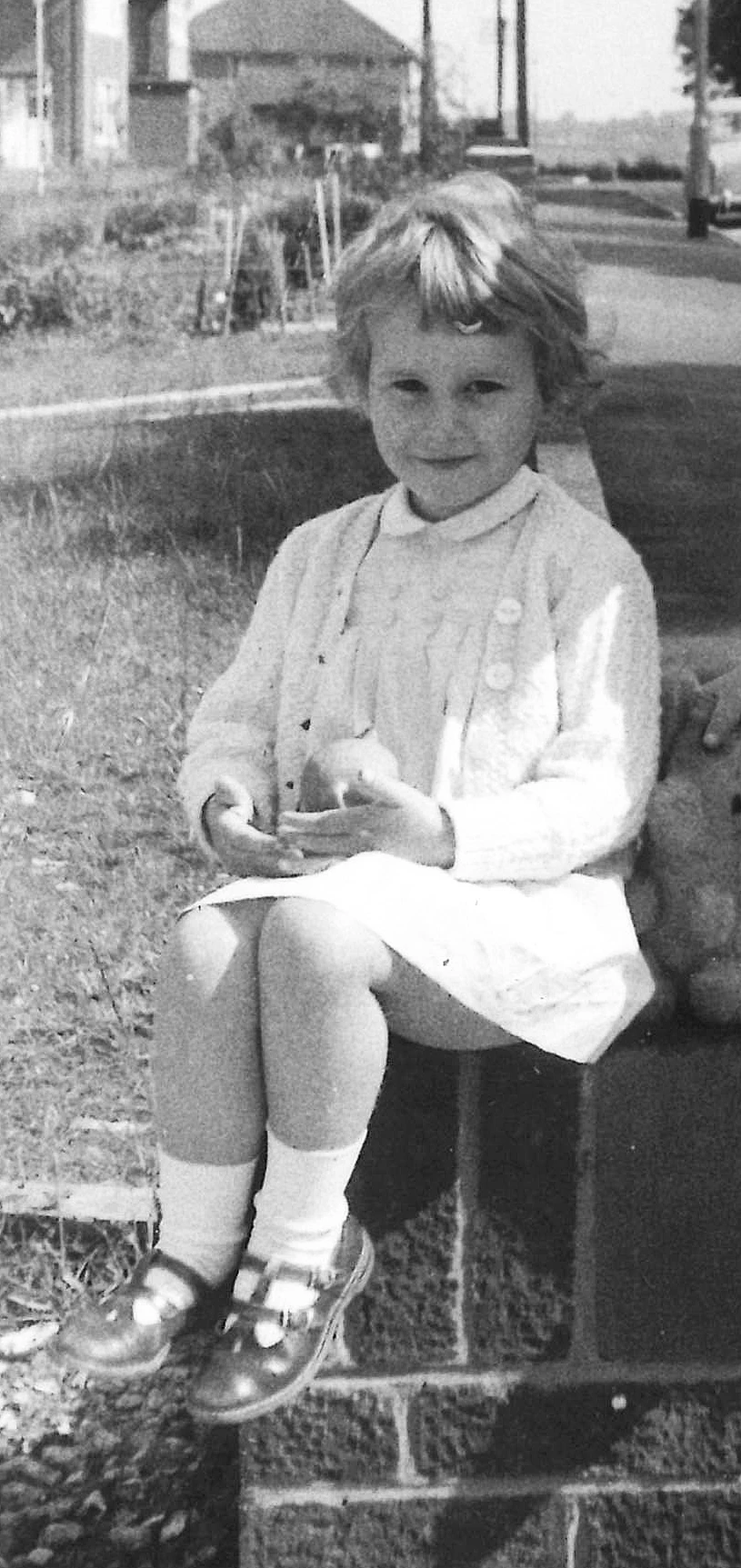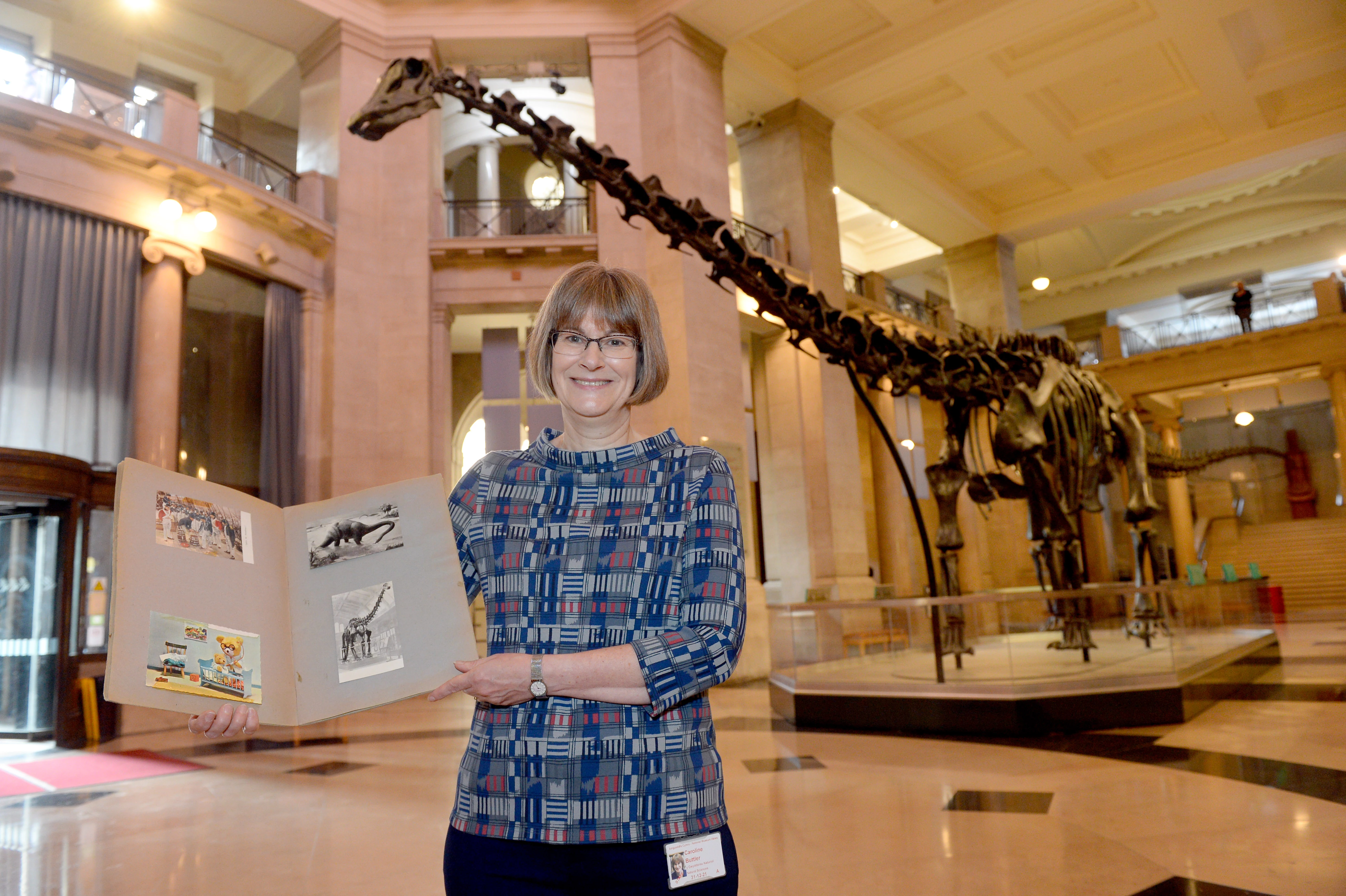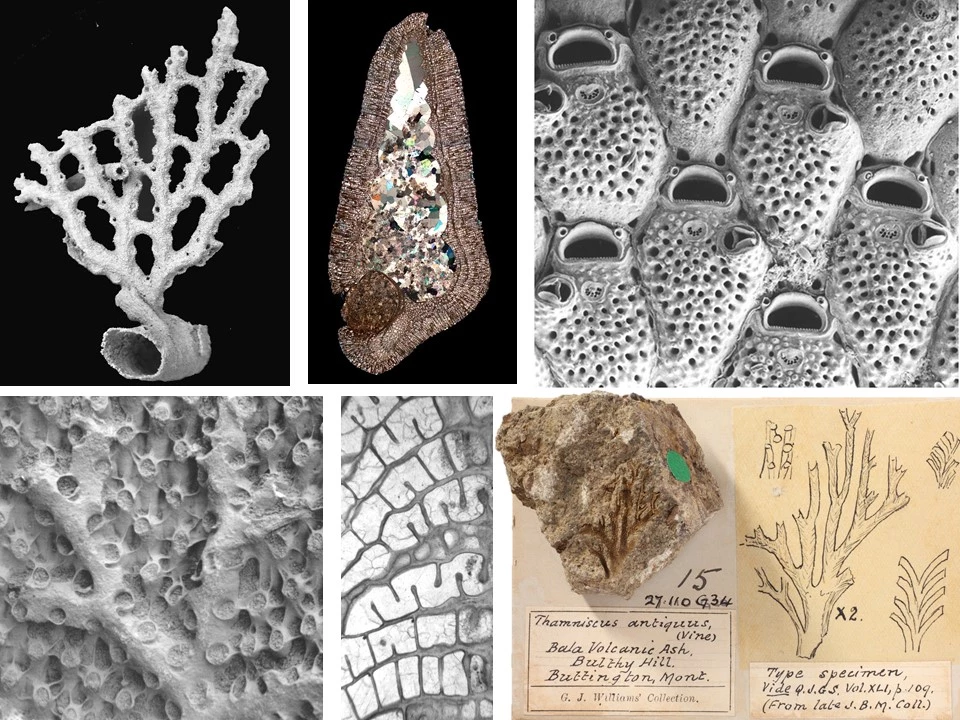Top 7 Gift Ideas from the National Museum Cardiff Shop
, 11 December 2019
One of the things I love about working at National Museum Cardiff (apart from the wonderful collections and exhibitions of course!) is taking a wander in the Museum gift shop. At the moment I am spoilt for choice as there is an extra shop for the Dippy exhibition filled with dino delights!
I’ve had a look at the goodies on offer at the moment, so sit back, relax and enjoy my top seven gift ideas.
1) Meet the Artists 3D Paper Folding Figures (£8.50)
These are so cute and fun, what an interesting stocking filler!
It’s the gift that keeps on giving as you have the fun of crafting your own mini artist and then can enjoy your handiwork.
2) Dippy: the tale of a museum icon (£6.99)
A really interesting little book, perfect for any dinosaur fan!
https://museum.wales/shop/item/3397/Dippy-the-tale-of-a-museum-icon/
3) Materia Rica Flower Necklace and Earrings (£28 and £20)
This earring and necklace set caught my eye because I’ve never seen anything like it.
I love the floral theme and the colours really stand out.
4) Fruits of Nature Original Remedies Bath Essence (£14.99)
A bath is the perfect way to relax after a busy day and to keep warm in this cold weather.
Whether you’d like to treat yourself or a friend, you can’t go wrong with a bit of bubble bath!
5) T-Rex Travel Mug (£8.99)
Do your bit for the environment and give the gift of this eco-friendly dinosaur-themed travel mug.
https://museum.wales/shop/item/3372/T-Rex-Travel-Mug/
6) Make Your Own Pteranodon (£12.99)
Another crafty option for someone creative, you get to assemble this fun automaton and can paint it any colour you like!
https://museum.wales/shop/item/3371/Make-Your-Own-Pteranodon-Wooden-Automata-Series-/
7) Special Edition ‘Martin Parr in Wales’ Set (£300)
Bear with me, but if you have a little money to spare this is a fantastic gift for someone who loves photography! This is a unique opportunity to own a signed, limited edition print by one of the most influential photographers around - snap this up before they sell out!
https://museum.wales/shop/item/3391/Martin-Parr-in-Wales---Special-edition/
And if you love the idea but don’t have as much spare, you can pick up the book ‘Martin Parr in Wales’ for just £19.99: https://museum.wales/shop/item/3367/Martin-Parr-in-Wales/
So that’s my top seven from National Museum Cardiff, though there are many more gift ideas to be found in our shops across Amguedddfa Cymru. Please do check out our online shop too: https://museum.wales/shop/
Nadolig Llawen! | Merry Christmas!

